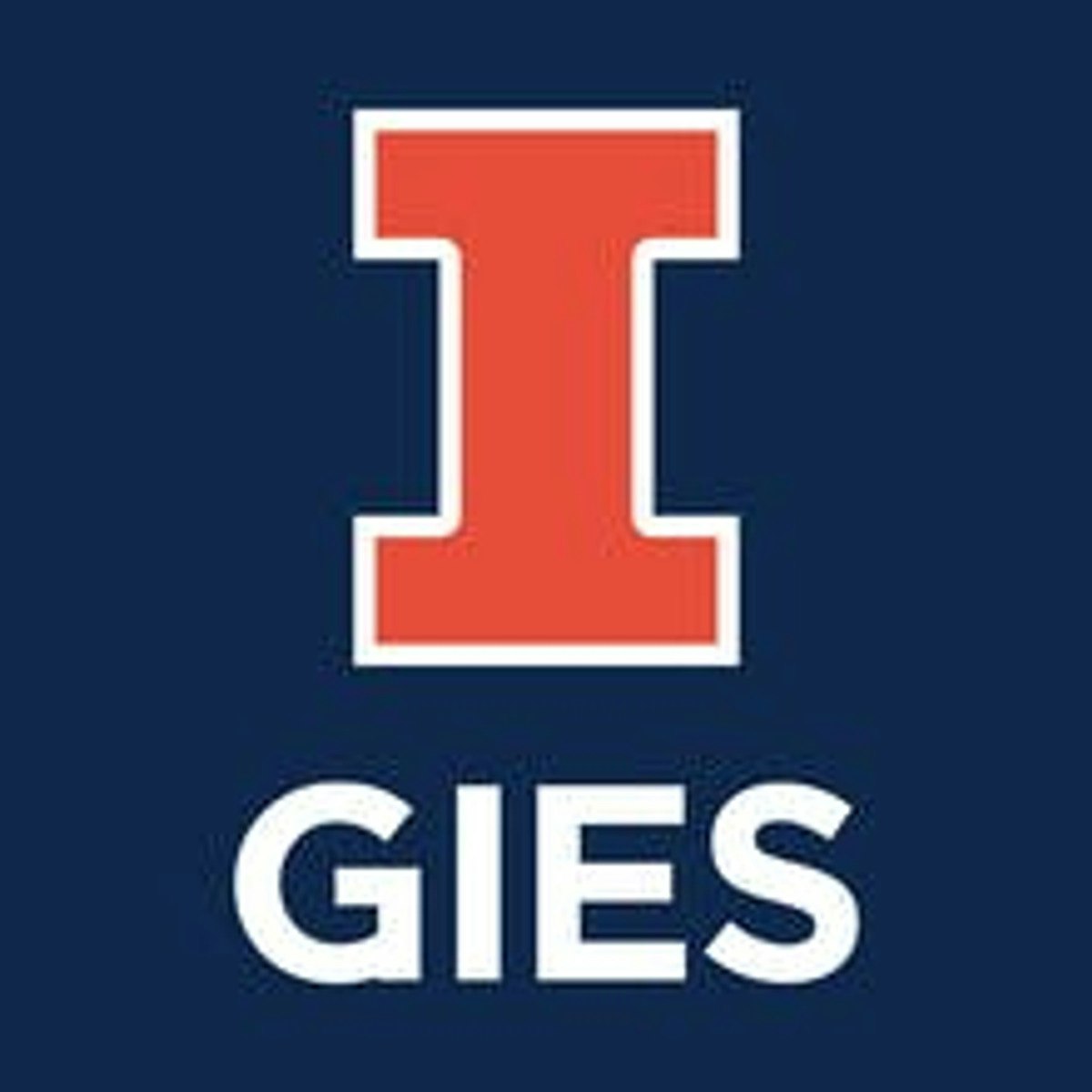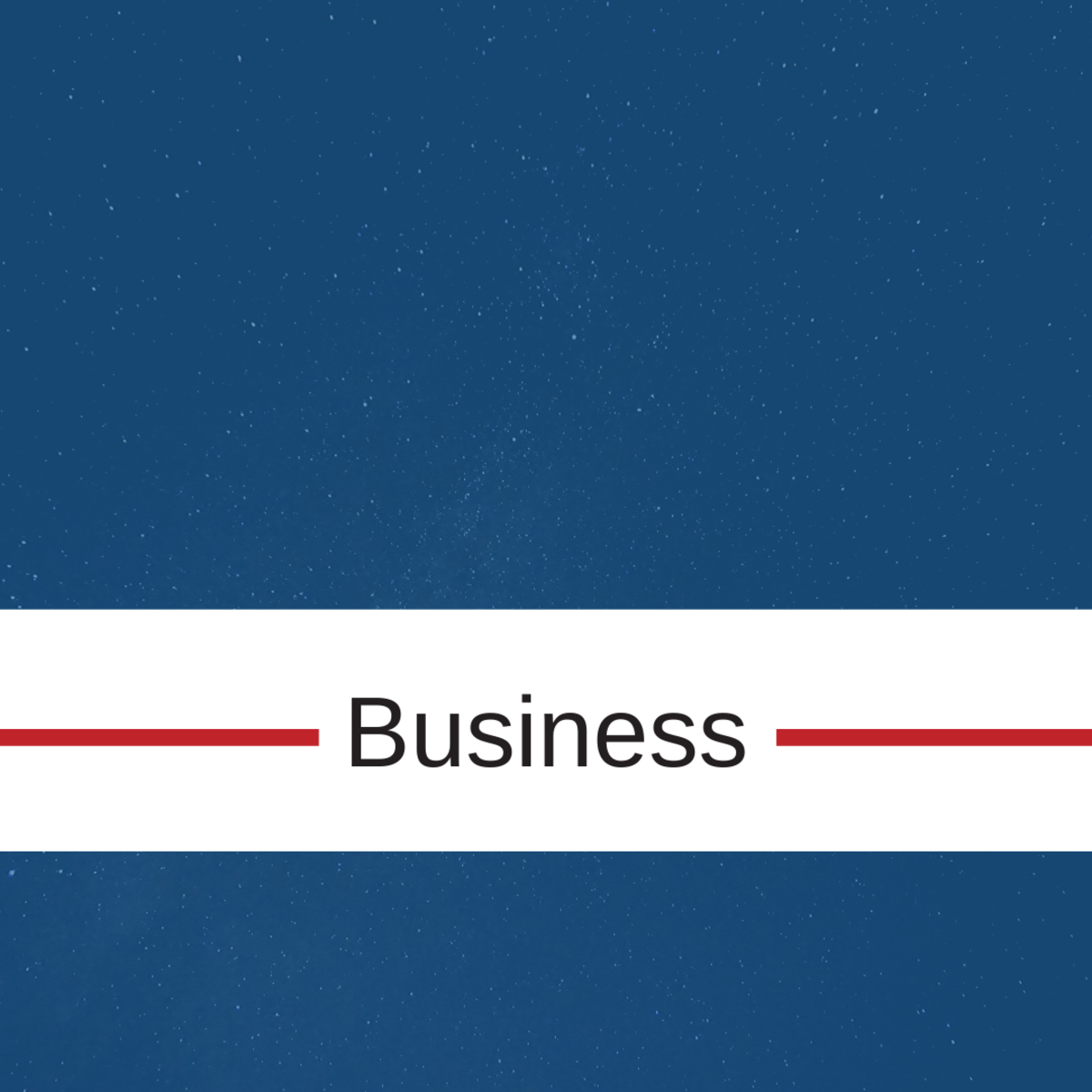Back to Courses









Business Strategy Courses - Page 18
Showing results 171-180 of 543

Designing the Future of Work
The workplace of tomorrow is an uncertain place. We live in a rapidly changing world, and design innovations such as artificial intelligence (AI), robotics, and big data are rapidly changing the fundamental nature of how we live and work. As these technologies continue to evolve at an exponential rate - it is becoming critical to understand their impact on contemporary work practices, and for businesses and employees to understand how to design a secure future amidst this disruption.
What new, disruptive technologies are on the horizon? How will jobs change? What challenges will employers and employees face? How can the design process help businesses and employees to create innovative solutions to overcome such challenges?
The course is a collaboration between UNSW Sydney Art & Design and AMP Amplify, AMP's innovation and ideas program. It brings together leading business and design thinking to help answer these questions, and investigates design strategies that businesses, employees and designers can adopt to find new opportunity in such a rapidly changing professional landscape.
WHAT WILL I LEARN?
The course provides you with a unique, authentic, and industry relevant learning opportunity. You will have access to current theory, industry examples and expert advice from leaders in the field. This course will help you to:
• Recognise how the integration of design approaches are shaping technology and business practices, and how these changes bring immense possibility and uncertainty to the future of work
• Analyse important skills and attributes that designers, employees, and businesses need to be successful in a speculative, technologically enhanced future
• Understand the importance of unique human attributes in increasingly automated workplaces
• Evaluate challenging issues related to potential change in processes, people and automation that might impact the future of your own employment or business
• Plot your own possible, probable, and preferable trajectories, and synthesise a design strategy to maximise your ability to adapt, grow, and realise opportunities in your own work future.
WHO WILL MY INSTRUCTORS BE?
You will learn effective design thinking strategies from leading UNSW Australia Art & Design academics. You will also examine case studies from business and service design perspectives that demonstrate how design can transform business processes to become more adaptive to and predictive of technological and social change, and this can help to capitalise on new opportunities. Direct from our industry partner AMP’s innovative Amplify program, you’ll hear personal insights and advice about how to develop attributes and skills that will give you an advantage in the workplace of the future, from the following business leaders, futurists, entrepreneurs, and innovators from around the world:
• Sean Brennan, Head of Design & Innovation, AMP
• Megan Dalla-Camina, Co-Founder/CEO, Lead Like a Woman - via Amplify
• Susan David Ph.D, CEO, Evidence Based Psychology - via Amplify
• Dr. Norman Lewis, Director, Futures-Diagnosis Ltd - via Amplify
• Heather McGowan, Author & Advisor, Work to Learn - via Amplify
• Ramez Naam, Exponential technologies, Machine learning, Artificial intelligence, Singularity University - via Amplify
• Dr. Andy Polaine, Regional Design Director, Asia-Pacific, Fjord
• Michael Schrage, Research Fellow, Innovation Thought Leader, MIT Sloan School's Center for Digital Business - via Amplify
• Chris Shipley, Curator, MIT Solve. via Amplify
• Sue Suckling, New Zealand Qualifications Authority, Chair of Callaghan Innovation, Chair of the New Zealand Qualifications Authority - via Amplify
• Professor Nick Wailes, Director, AGSM, and Deputy Dean, UNSW Business School. UNSW Sydney.

Agile Leadership Capstone
This capstone project course takes you through a guided journey of putting together a comprehensive agile transformation packet. To create this packet, you will be creatively applying the concepts and tools we have covered in the first four courses of this Specialization.
In the capstone course scenario, you were hired as a Senior Scrum Master at Nike. You will understand what a Fortune 100 company would be looking for in a candidate by analyzing a real Nike job posting. If you aspire to work in a similar role, this exercise should give you an idea of where you stand today and what skills you might want to hone on in the future.
You then will be completing a probationary assignment as a part of the requirement of this new role. Your plan should help you answer the question of what steps you will take in your first 30 days at Nike to develop yourself, your team, and the enterprise.
The packet you will be developing consists of the following four elements:
Transformation roadmap
One-month-long Sprint Plan for personal development
One-month-long Sprint Plan for developing a brand new Agile team
Change management plan to strengthen Nike’s internal culture, support innovation, and fend off intense competition (alternatively, you may choose to create a plan for the company you are working for)
The capstone project will provide you with a hands-on experience of strategically planning for change and applying Scrum tools. Don’t forget to have fun with it!

Introduction to Digital Transformation Part 1
This course was designed to introduce the key components of digital transformation so you can understand the drivers and economics of innovation and technological change to create competitive advantage in your own industry. You'll learn the business value of data and how the exponential growth in core technologies such as artificial intelligence and autonomy are impacting the nature of competition. You will also develop an understanding of the “digital transformation stack” - infrastructure, technology, business functions, and strategy -- and use the framework to map an approach to transforming your business. This course is idea for anyone whose industry is undergoing a digital transformation and for those who want a deeper understanding of digital transformation so they have the foundational knowledge to help lead digital transformation.

Design Thinking and Global Startup
This course offers a systematic engineering design methodology: Stanford Design Thinking for preparing global startup. The course empathizes the whole Stanford design thinking process, "Empathy-Define-Ideation-Prototype-Test," for building a startup with a business model that has a “customer truly need” component.
This course focuses on lean “Prototype and Test” stages in Stanford Design Thinking. For this, the course introduces a novel manufacturing methodology by using 4th Industrial Revolution technology such as FaaS (Factory as a service) with AI, Bigdata, and 3D Printing. As a final achievement of this course, students will make their critical tools such as one-liner, lean-canvas, and global IR (investor relations) pitch deck for the first step of a global innovative startup founder.
Although the lectures are designed to be self-contained, we recommend (but do not require) that students refer to the book E. Ries, The Lean Startup, Crown: New York, 2011/T. Hopkins, Selling for Dummies, Wiley: Indianapolis, 2011, and The Mechanical Design Process, D.G. Ullman, 4th Ed., McGraw-Hill, 2010, which can be helpful for this course.

How to Get Skilled: Introduction to Individual Skills Management (Project-Centered Course)
Do you want to gain a competitive edge on the job market?
Would you like to improve the way that you organize, manage, and present your skills to succeed in a competency-based, competitive job selection?
Have you prepared to compete for jobs in the age of AI-powered recruiting?
This advanced, project-centered course* is designed for working professionals who want to direct their skill-building activities towards creating powerful, evidence-based, data-driven, and externally verified job applications. When you complete the course, you’ll be able to objectively measure your level of skills acquisition against your desired job’s requirements and the likely competition. You’ll learn how to use experiential methods and tools, such as simulations, benchmarking, competency dashboards, and skills assessment to operationalize and quantify your skills. You will know how to realistically estimate your likely score in the competitive job selection; you will also find out how much of each skill you need to develop to stand out and beat the competition. In addition to improving your job applications, the course will teach you how to increase the effectiveness of your ongoing professional development by monitoring the level of skills acquisition.
The course will provide you with tangible outcomes for immediate use. We’ll show you how to use a simple, powerful computer program to organize and manage your skills inventory. Your completed project will focus on your desired job and will include three components: 1) a Skillset Summary Checklist; 2) a Selection Criteria Statement; and 3) a Professional Development Plan. Upon completion of the course, you will be able to use the results of the project to strengthen your next job application (or promotion request). You’ll be able to use the same technique to direct your skill-building activities and continuously monitor their effectiveness.
What is required:
In the course, we’ll provide videos, readings, and learning activities. There is an optional course companion book available for purchase on Amazon.com. In the course, you'll be asked to download and use the course software, “J.A.F.A.R, Skills Manager Pro (R).” The software is a copyrighted Excel spreadsheet template; for course participants, it is provided free of charge (for personal, non-commercial use only). To use the software, you will need to have a basic level of proficiency and a licensed copy of MS Excel.
*About Project-Centered Courses: Project-centered courses are designed to help you complete a personally meaningful real-world project, with your instructor and a community of like-minded supportive learners with similar goals providing guidance and suggestions along the way. By actively applying new concepts as you learn, you’ll master the course content more efficiently; you’ll also get a head start on using the skills you gain to make positive changes in your life and career. When you complete the course, you’ll have a finished project that you’ll be proud to use and share.

Finance of Mergers and Acquisitions: Valuation and Pricing
This course teaches how to value and price M&A deals and to choose the optimal financing mix for an M&A deal. The course focuses on all the major types of M&A deals including strategic M&A, private equity leveraged buyouts (LBOs), and restructuring deals such as spinoffs and asset transfers.

Innovation Management
What is innovation management? How do firms bring in new business models and get new products and services to the market? Go on a nine-week journey through innovation management concepts, theories of idea generation, selection, strategy formulation and implementation in this MOOC in Innovation Management. In it, you will also learn the tools for implementing innovation projects yourself.
Guided by world-class academics, you will develop an innovative mindset and expertise in how firms successfully create new ideas for marketing new products. The syllabus also includes sessions about innovation strategy, idea management and social networks.
During this course, you will learn how to:
• use the main innovation management terminology and concepts
• explain the adoption life cycle and innovation adoption at the individual level
• define creativity and explain how creativity can be stimulated
• recognise and describe three types of idea management systems
• explain what an innovation strategy is and why it is important
• describe what a product portfolio is
• explain how innovation projects should be selected and managed
• explain the importance of teams, team structures and networks for innovation.
Rotterdam School of Management, Erasmus University (RSM) is one of Europe’s leading business schools, and ranked among the top three for research. RSM’s primary focus is on developing business leaders with international careers who carry their innovative mindset into a sustainable future. Go to www.rsm.nl for more information.
This nine-week MOOC in Innovation Management is taught in English. There is no fee to participate in the programme.

Manage Agile Workflows with Product Roadmaps in Miro
By the end of this project, you will be able to create an analysis-driven product roadmap that will allow you to manage agile workflows when multiple teams across an organization support different goals and milestones of a project.
To do this, you will gain hands-on experience applying agile thinking to align business goals and team responsibilities within a product roadmap in the Miro online visual collaboration platform for teamwork.
Note: This course works best for learners who are based in the North America region. We’re currently working on providing the same experience in other regions.

Use Mailchimp to Build an E-mail Marketing Campaign
By the end of this project, you will create a customized email for a business marketing campaign using a free version of Mailchimp. You will be able to create an interactive email complete with a call to action that is professional and engaging to your audience. You’ll set up an email campaign as one of several powerful digital marketing campaign tools available in Mailchimp.

PEST Analysis with Service Blueprints in Miro
By the end of this project, you will be able to conduct a PEST analysis that considers all components of service to gain intelligence on how internal and external factors impact an organization’s performance.
To conduct a PEST Analysis with Service Blueprints in Miro, you will gain hands-on experience examining political, economic, socio-cultural, and technological influences upon performance in the Miro online visual collaboration platform for teamwork.
Note: This course works best for learners who are based in the North America region. We’re currently working on providing the same experience in other regions.
Popular Internships and Jobs by Categories
Browse
© 2024 BoostGrad | All rights reserved


